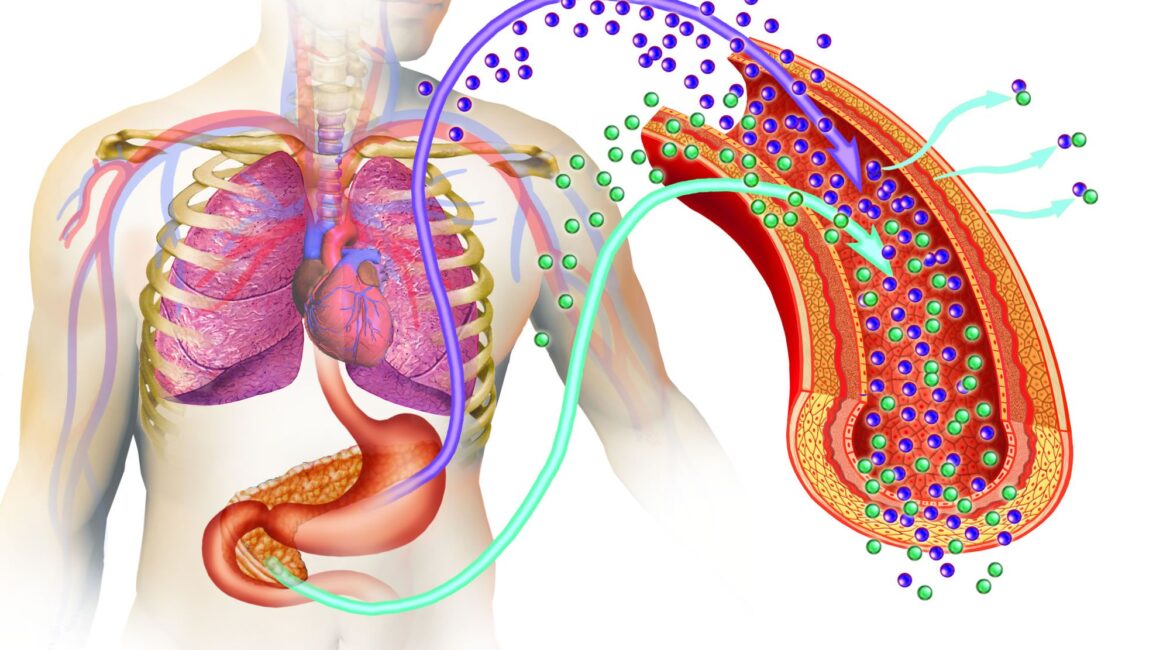Diabetes types are currently classified into three distinct groups. The general symptoms of diabetes, which can be confirmed by lab tests, are:
- excessive thirst and hunger
- frequent urination
- drowsiness or fatigue
- dry, itchy skin
- blurry vision
- slow-healing wounds
- numbness in hands and/or feet
- pins & needles feeling
- bad dental health like bleeding gums, cavities etc.
So, if you are going through one or more of the above symptoms, it is time to get blood tests done. Normally, except for Type 1 and Gestational Diabetes, Type 2 is always detected only when blood tests are ordered for some other symptoms. This is why Type 2 normally goes undetected for years.
Type 1
Type 1 diabetes has two sub-types — Juvenile and LADA.
Type 1 (Juvenile): This type of diabetes makes up an estimated 5% to 10% of all diabetes cases, and is diagnosed at any time after birth to early childhood. The exact cause of Type 1 diabetes is not known. However, it is believed to be due to a combination of genetic and environmental factors. Here, the autoimmune system of the body attacks and kills the insulin producing beta cells in the pancreas. The only course of treatment is exogenous insulin.
Type 1.5 (LADA): Also known as “Latent Autoimmune Diabetes of Adults” is a form of Type 1 diabetes that occurs during adulthood, and at a slower rate of progression than juvenile diabetes. This is one of the reasons why LADA is often misdiagnosed as Type 2. It can only be managed through oral pills for a limited period of time, and finally, exogenous insulin is necessary. It has to be monitored for complications just like Type 1. As compared to juvenile Type 1 diabetes, the symptoms of LADA develop over a longer period of six months or more.
Type 1 (juvenile & LADA) have to be dependent upon insulin injections for their entire life. Besides the regular monitoring of complications applicable to all types of diabetes, Type 1 also have to ensure that they do not land into Diabetic Ketoacidosis.
Type 2
Type 2 is believed to be due to the body’s inability to use insulin properly, or shortage of insulin. Type 2 normally begins with over secretion of insulin, but this goes undetected for decades as normally no one is tested for fasting insulin. Finally, with long years of badly managed blood sugars, Type 2 become insulin deficient and hence have to rely on exogenous insulin.
In my opinion, if diabetes is suspected or confirmed by high FBS and PPBS, then every such case should also be tested for fasting insulin and postprandial insulin levels & C-Peptide — all tests ordered in one go. This is to ascertain whether it is insulin deficiency, insulin resistance, juvenile diabetes or LADA, which has to be addressed during the course of management. More on this in the subsequent section.
Type 2: This is the most common of all the types of diabetes. In most of the cases, by the time it is detected, a lot of insulin secreting beta-cells are already damaged. Type 2 normally starts with over secretion of insulin as a result of insulin resistance, and it goes undetected for years, as no one tests for fasting and postprandial insulin levels.
In my opinion, insulin tests should become a part of regular medical health checkup as we can catch the issue very early in many cases. Central obesity & higher triglycerides are some of the many indirect indicators of things going awry.
Insulin resistance can be fixed through lifestyle changes like diet and exercise. But exercise alone can never fix the issue. In the active community section, the huge number of success stories clearly show what diet change alone can achieve, even for diabetics with more than two decades of diabetes history. Type 2 with close to two decades of diabetic history have gone off upto 70 units insulin/day.
Beta cell damage is irreversible. So, once a diabetic is always a diabetic. Do not play with your health by trying anything which claims to “CURE DIABETES”, as diabetes can only be managed and not cured as of now.
Type 2 (MODY): Maturity Onset Diabetes of the Young is an inherited form of Diabetes Mellitus. It is caused by a change in one of eleven genes and since eleven genes are involved, there are eleven different types of MODY caused by changes in eleven different genes. For example, MODY 2 can usually be managed by lifestyle changes such as eating right and exercising regularly. MODY 1,3, and 4 are normally treated with sulphonylurea drugs.
Symptoms of MODY are same as that for Type 2 in general.
Gestational Diabetes
When a non diabetic woman develops higher than normal blood sugars during pregnancy, this is called “Gestational Diabetes” or GD. Just like Type 2, gestational diabetes affects how your cells use sugar (glucose) and since it causes high blood sugar, it can affect your pregnancy and your baby’s health.
Tests To Take
For a diabetic, there is a discussion thread on the forum for tests to be taken .
Summarising a few tests which one needs to take when high FBS and/or PPBS is detected, and this shall help in avoiding the guesswork that normally goes with just relying on FBS, PPBS or A1C. This is especially important for avoiding LADA being misdiagnosed as Type 2 initially.
- FBS
- PPBS
- Fasting Insulin
- Postprandial Insulin
- HbA1C
- C-Peptide
- GAD65
- OGTT – Generally this is for Gestational Diabetes and is always done.
In my opinion, items 1 through 7 should be part of the regular diabetes panel, while trying to establish which type of — Type 1, Type 1.5, Type 2 — diabetes it is.




